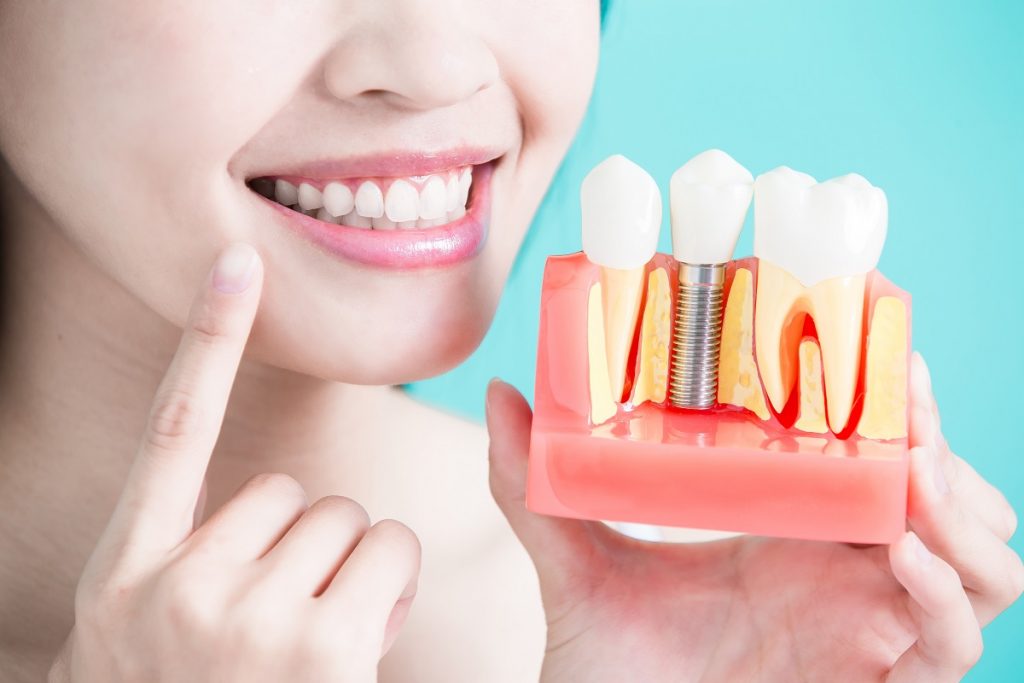When it comes to replacing missing teeth, there have been a myriad of options devised throughout history.
The ancient Egyptians used stone and Neanderthals used shells, but with more modern dental care, dentists tend to use either dentures, fitted bridges, or oral implants. And the latter versions have been much more successful.
In this article, the procedure that surrounds having a dental implant Melbourne fitted will be looked at in a bit more depth, so you can ascertain whether or not this is a cosmetic and restorative option worth pursuing.
Consultation for oral implants
When it comes to having oral implants fitted, the first thing your dentist will do is invite you to their surgery to take part in a consultation.
During this, they will assess the condition of any natural teeth you have, your gums and will take X-rays to look at the condition of your jaw, to ensure that it is healthy enough to have oral implants attached to it. They will also ask questions about your general health, to make certain you do not have any contraindicated conditions like osteoporosis.
If all goes well and you are given the green light, you will be invited back to have the implants fitted.
Fitting

The fitting of oral implants sounds a lot worse than it actually is!
Your dentist will numb your gum and jaw and then make some incisions into your gum line, peeling it back to expose the jawbone. If you do not have a vacant socket from a missing tooth, they will drill a hole into a pre-chosen area of the jaw and fit the implant. The implant itself will look like a metal screw and it can take up to 2 hours to fit a single implant.
The gum is then sewn back together once the implant is fitted and the surgery is complete.
Fusing
Once you have had the implant fitted, the fusing process will begin.
This can take between 3 to 6 months, depending on your age, general health, and other factors like smoking. Successful fusing is required in order for your dental team to attach the prosthesis to it, and if after 12 months’ time the implant has still not fused to your jaw, your dentist will remove it and will begin considering other options.
If X-rays determine that the bone is fusing to the implant successfully, then the next stage can begin.
Prosthetics
You may be having a single tooth (known as a crown) attached to your implant, or you may be having an entire set of dentures fitted.
This will have been discussed at your initial consultation and depending on the results you are looking for, your prosthetic teeth may be bright white or more natural-looking, The choice is up to you. Once they are attached, you can use them to bite into and chew food with ease.
Maintenance
Maintaining tooth implants is fairly straightforward.
Just be sure to brush them every day, floss, rinse with mouthwash, and of course, be sure to attend biannual check-ups every 6 months with your dentist.
If you suspect that one of your implants is coming loose, contact your dental team as soon as possible for an assessment of the underlying cause.
DISCLAIMER
Any surgical or invasive procedure carries risks. Before proceeding you should seek a second opinion from an appropriately qualified health practitioner.

